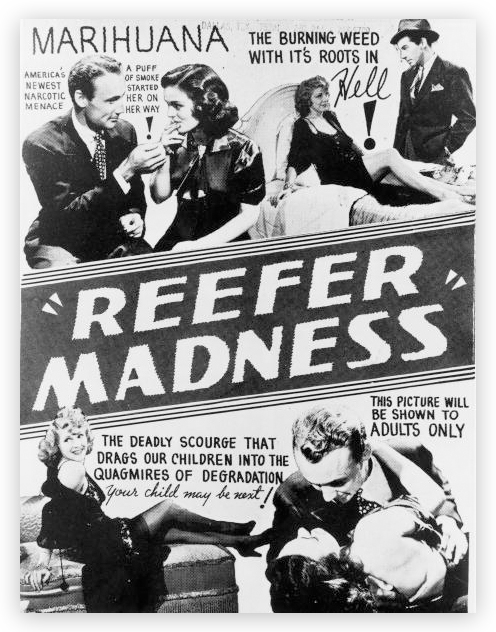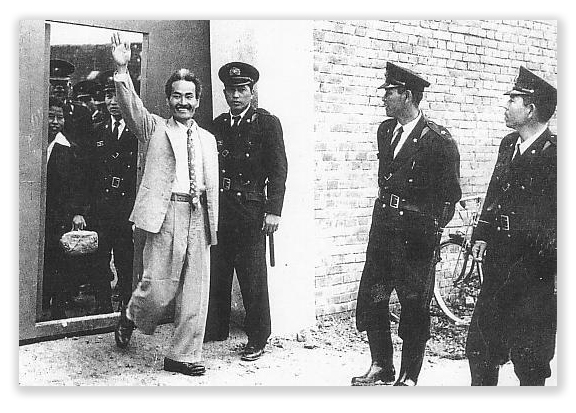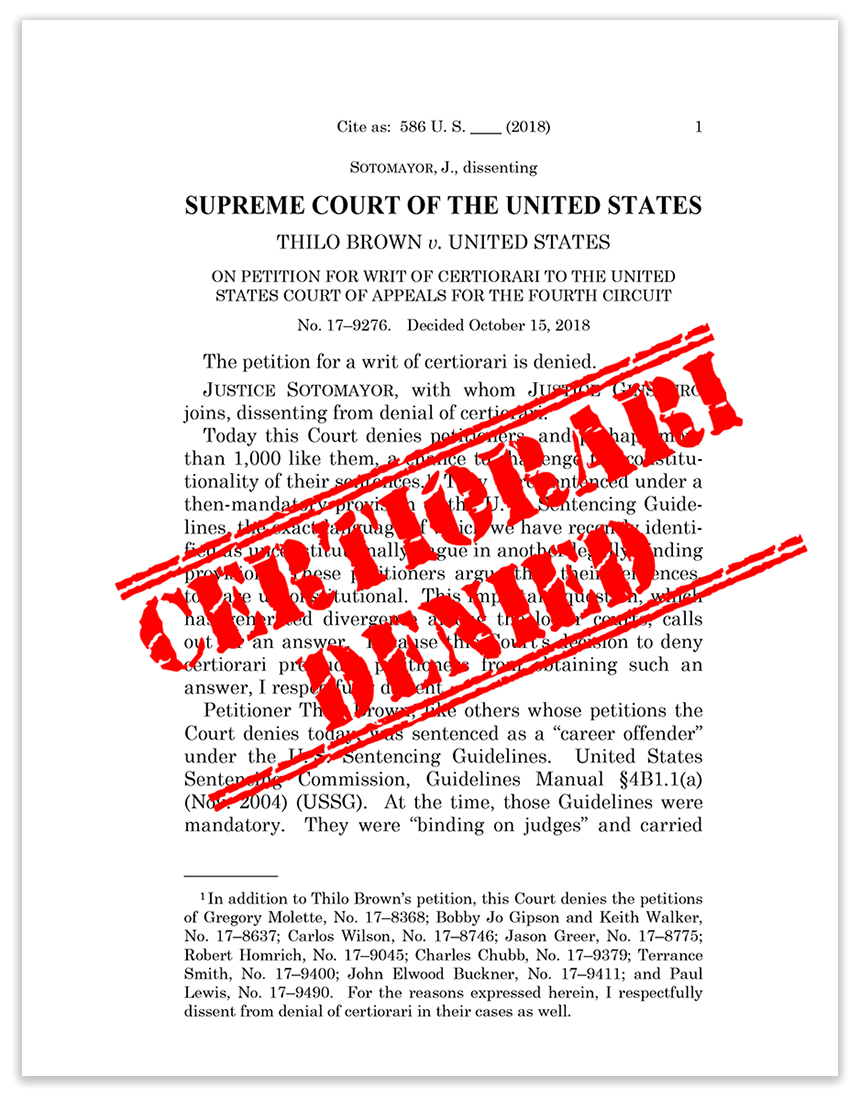We post news and comment on federal criminal justice issues, focused primarily on trial and post-conviction matters, legislative initiatives, and sentencing issues.

MEANWHILE, A COUPLE OF IMPORTANT FAIR SENTENCING ACT/HOBBS ACT CASES…
Two appellate cases handed down last week would have been headliners any other time except for now, with the coronavirus crowding everything else out of the news.
 In 2001, Brandon Gravatt was convicted of conspiracy to possess with intent to distribute 5 kilograms or more of powder cocaine and 50 grams or more of crack cocaine (21 USC § 846). He pled guilty to the dual-object drug conspiracy charge, facing sentences of 10 years-to-life for the coke and 10-to-life for the crack. The court sentenced him to just short of 22 years.
In 2001, Brandon Gravatt was convicted of conspiracy to possess with intent to distribute 5 kilograms or more of powder cocaine and 50 grams or more of crack cocaine (21 USC § 846). He pled guilty to the dual-object drug conspiracy charge, facing sentences of 10 years-to-life for the coke and 10-to-life for the crack. The court sentenced him to just short of 22 years.
After the Fair Sentencing Act became retroactive due to the provision at Section 404 of the First Step Act (passed in December 2018), Brandon filed for a sentence reduction because the crack statutory minimum had fallen to five years. But the District Court denied his motion, because the 10-to-life sentence for the powder cocaine remained the same.
Last week, in a decision awaited by a lot of people, the 4th Circuit reversed. It held that even in a multi-object conspiracy like Brandon’s – where the penalties of one object (possession of crack) were reduced by the FSA while the penalties of the other (powder cocaine) were not – if the crack minimum sentence fell, Brandon was eligible for resentencing. The Circuit said because Brandon’s “sentence involved a covered offense under Section 404(a) [of the First Step Act], the district court should have reviewed Gravatt’s motion on the merits, applying its discretion under Sections 404(b) and (c).”
Of course, the 4th said, the quantity of powder cocaine in Gravatt’s case could mean the district court would decide not to lower his sentence. “Our decision today,” the Circuit said, “only requires that Gravatt’s sentence receive a substantive review. It should not be construed as expressing any view on how the district court should rule.”
Meanwhile, the 11th Circuit held last week that a Hobbs Act robbery was not a crime of violence for purposes of determining whether a defendant was a “career offender” under Chapter 4B of the Guidelines.
 Joining the 6th and 9th Circuits, the 11th held that because the Guidelines definition of robbery and extortion only extends to physical force against persons, while under Hobbs Act robbery and extortion, the force can be employed or threatened against property as well, the Hobbs Act (18 USC § 1951) is broader than the Guidelines definition, and thus cannot be a crime of violence for career offender purposes.
Joining the 6th and 9th Circuits, the 11th held that because the Guidelines definition of robbery and extortion only extends to physical force against persons, while under Hobbs Act robbery and extortion, the force can be employed or threatened against property as well, the Hobbs Act (18 USC § 1951) is broader than the Guidelines definition, and thus cannot be a crime of violence for career offender purposes.
Unfortunately, because 18 USC § 924(c) does include threats to property as well as to people, the 11th Circuit holding does not apply to defendants with § 924(c) counts supported by Hobbs Act convictions.
United States v. Gravatt, 2020 U.S. App. LEXIS 9053 (4th Cir Mar 23, 2020)
United States v. Eason, 2020 U.S. App. LEXIS 9096 (11th Cir Mar 24, 2020)
– Thomas L. Root










 The government “has already been given one full and fair opportunity to offer whatever support for the
The government “has already been given one full and fair opportunity to offer whatever support for the 









